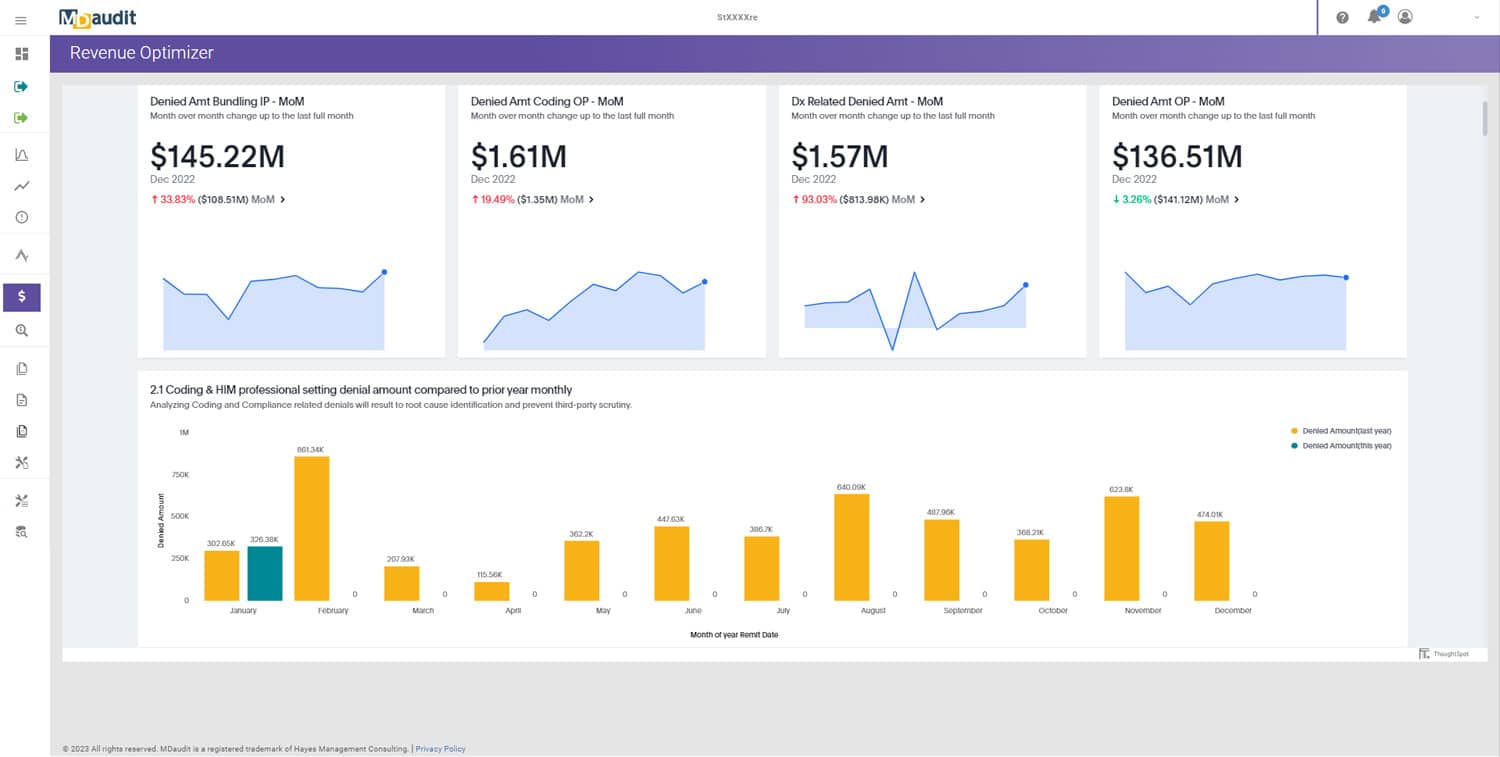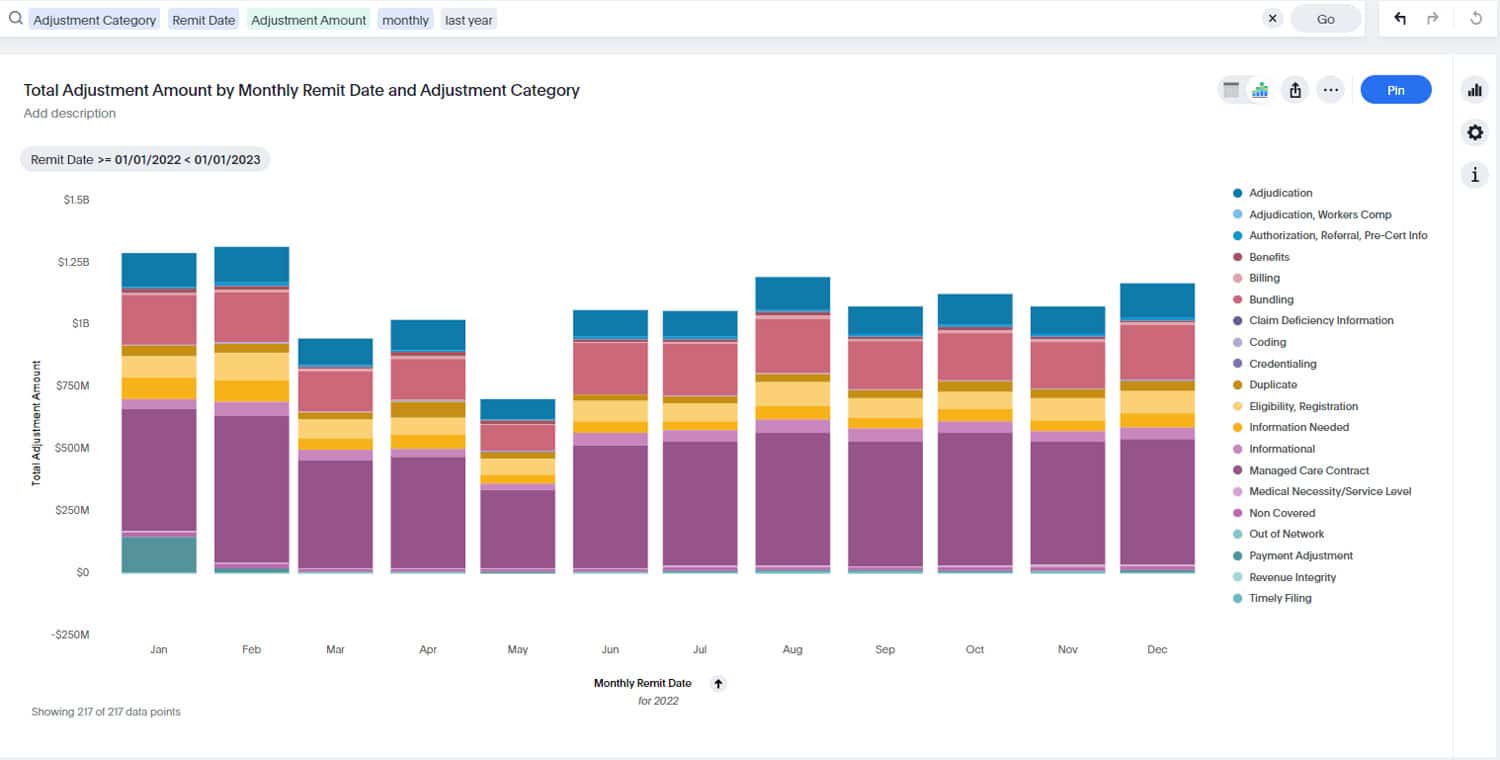Billing Compliance and Revenue Integrity leaders work tirelessly on a day-to-day basis to spare their organizations the unpleasant consequences of failed audits. As part of our ongoing mission to help healthcare organizations achieve greater revenue integrity, Hayes sponsors a Revenue Integrity Advisory Council (RIAC) – a small group of revenue cycle and compliance executives who understand the real-world financial challenges associated with running a large, complex healthcare organization.
At one of our recent meetings, we engaged in a wide-ranging discussion covering effective billing compliance and revenue integrity strategies and tactics. Here are four main areas discussed by these industry leaders, along with their ideas on ways to improve your compliance program.
Developing a robust billing compliance program is critical to ensuring revenue integrity and avoiding costly reimbursement paybacks. Incorporating best practices from leading organizations can help you minimize revenue and compliance risks to improve your top and bottom lines.
- Develop an Effective Audit Plan
The old adage of “failing to plan is planning to fail” is particularly important when it comes to your billing compliance program. There are a number of approaches our council members take to develop an effective auditing plan:
- Meet with all representatives from revenue cycle, internal audit, and the compliance committee when developing your plans
- Consider separate work plans for each department
- Focus your plans on identifying and addressing weaknesses and risk areas
- Ensure your plan is flexible enough to meet changing demands
- Present your plan and report on findings to your Board of Directors or Executive Team to ensure accountability and responsibility from every area of the organization
- Strengthen the Coding Function
At the heart of every billing compliance program is the underlying coding and documentation function. Our members exchanged ideas on how to create a strong coding operation that builds quality into the billing process:
- Create a team of agents to establish parameters for all areas of documentation and coding
- Develop a Coding Integrity Department that works directly with the compliance team
- Use certified coders to monitor coding for accuracy, acuity, and profile changes as well as changes in E&M codes
- Institute a pilot program that includes live coding and instant feedback
- Establish a Billing Compliance Advisory Committee that meets quarterly and focuses on coding integrity
- Set up online training modules to educate clinicians on specific coding and clinical documentation topics
- If appropriate, have physicians do the coding – with support from a coder – to help them better understand the coding process and identify areas of needed training
- Match auditors with coding teams to conduct reviews as a regular part of their workflow
- Maintain Coding Accuracy with Auditing and Monitoring
No matter how comprehensive your work plan may be, real results come from a robust auditing and monitoring process. Here are several ideas for ensuring a comprehensive auditing program:
- Establish the scope of all audits and evaluate clinical documentation
- Start with routine provider audits of 10-15 charts, with a focus on clinicians that code two above standard deviation
- Monitor NCDs (National Coverage Determinations) and LCDs (Local Coverage Determinations) to ensure adherence to the latest decisions by Medicare and their MACs (Medicare Administrative Contractors) regarding service coverage
- Examine Medicare denials, adjustments, charge capture, and registration accuracy
- Perform end-to-end revenue cycle reviews that look at the entire process, from pre-authorization to coding to collections
- Conduct prospective and retrospective audits of new target areas
- Assign quality auditors to focus on real-time edits and monitor current trends
- Assign auditors to conduct prospective reviews for certain events, using methodologies such as 5S (sort, set in order, shine, standardize and sustain), and specific modifiers
- Streamline your auditing process and help ensure your revenue integrity with an advanced auditing platform
- Incorporate Feedback and Training
To ensure a closed-loop system for their billing compliance programs, our members build in processes to incorporate stakeholder feedback to facilitate corrective action and provide additional training. Ongoing dialogue among stakeholders, along with the flexibility to adapt as the situation changes, are keys to a successful program. Consider the following when developing your training program:
- Conduct regular meetings – monthly at a minimum – with all departments to review findings and adherence to the program plan
- Consider holding daily business productivity reviews focused on the percentage of encounters performed vs. coded
- Meet one-on-one with stakeholders to discuss clinical documentation improvement
- Generate reports that include bell curves and other findings that you can present during face-to-face meetings with all clinicians and coders
- Set a training goal of greater than 80 percent participation to achieve full internal coding capability across the organization
- Meet with all new providers, conduct a courtesy audit, and follow up with training if appropriate
Developing a robust billing compliance program is critical to ensuring revenue integrity and avoiding costly reimbursement paybacks. Incorporating best practices from leading organizations can help you minimize revenue and compliance risks that can impact your top and bottom lines.








